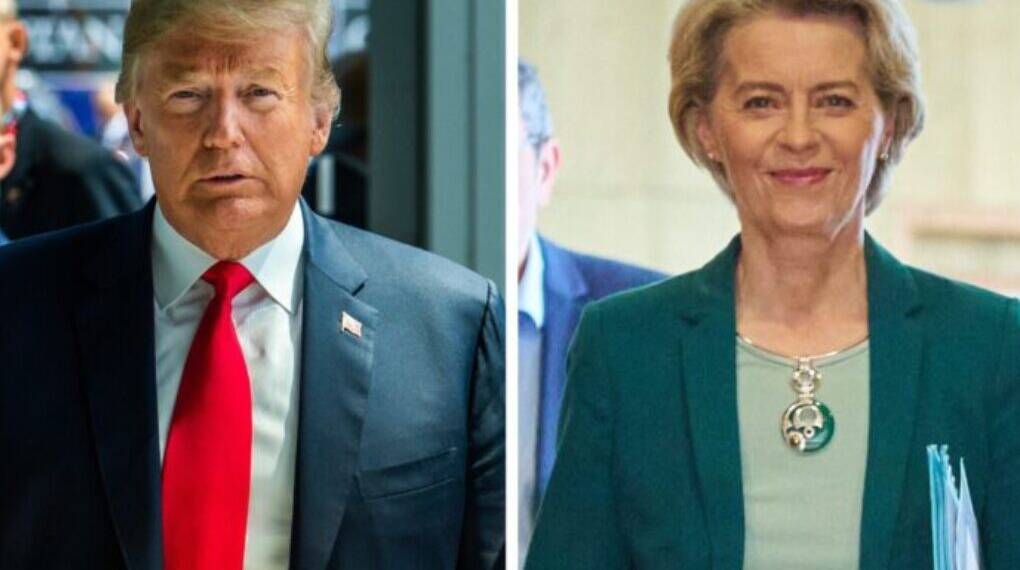In a significant shift in defense policy, the United States has begun denying requests from European allies for critical weapons systems, including Patriot missile defense systems, according to a recent report by The Atlantic.
The decision, driven by reported “shortages” and a strategic focus on prioritizing American stockpiles, has raised concerns about the cohesion of transatlantic defense partnerships and the security of Europe at a time of heightened global tensions.
A Strategic Pivot to “America First”
The U.S. move to restrict exports of high-demand military equipment marks a departure from decades of close cooperation with NATO allies. The Patriot missile system, a cornerstone of air defense for many allied nations, is among the systems now reportedly off-limits.
The Pentagon has cited limited production capacity and the need to maintain robust domestic reserves as key reasons for the decision. This shift aligns with an “America First” approach, emphasizing national security interests over collective defense obligations.
The decision comes as European nations, particularly those near conflict zones, are seeking to bolster their defenses amid rising geopolitical challenges. Countries like Poland, Romania, and the Baltic states have increasingly relied on U.S. military support to counter potential threats, particularly from Russia. The sudden restriction on access to advanced systems like the Patriot could leave these nations vulnerable and prompt a reevaluation of their defense strategies.
The Ripple Effects on NATO and European Security
The U.S. policy shift has sparked alarm among European leaders, who view it as a potential erosion of NATO’s collective defense framework. The Patriot system, known for its ability to intercept ballistic missiles and aircraft, has been a critical component of NATO’s integrated air defense network. Denying allies access to these systems could weaken the alliance’s deterrence capabilities, particularly in Eastern Europe, where tensions remain high.
European nations now face the challenge of addressing gaps in their defense capabilities. Some may turn to alternative suppliers, such as Israel or European manufacturers, though these options often lack the interoperability and proven effectiveness of U.S. systems. Others may accelerate efforts to develop indigenous defense industries, a process that could take years and require significant investment.
Why the Shortages?
The reported shortages of Patriot systems and other high-demand weapons stem from a combination of factors. First, global demand for advanced defense systems has surged in recent years, driven by conflicts in Ukraine and the Middle East, as well as growing concerns about China’s military ambitions.
Second, U.S. defense contractors have struggled to scale up production to meet both domestic and international needs. Supply chain disruptions, labor shortages, and the complexity of manufacturing advanced systems have further exacerbated the issue.
At the same time, the U.S. is prioritizing its own military readiness, particularly in the Indo-Pacific region, where it sees China as a long-term strategic rival. This focus has led to a reallocation of resources, with American stockpiles taking precedence over export commitments. While understandable from a national security perspective, this approach risks straining relations with allies who have long depended on U.S. support.
A Test for Transatlantic Relations
The decision to block weapons requests could have far-reaching implications for U.S.-European relations. NATO allies have historically viewed the U.S. as a reliable partner, not only for military hardware but also for strategic leadership.
A perceived retreat from this role may prompt European nations to seek greater autonomy in defense matters, potentially accelerating initiatives like the European Union’s push for a unified defense policy.
However, such a shift is not without challenges. Europe’s defense industry, while growing, lacks the capacity to fully replace U.S. systems in the short term. Moreover, political divisions within the EU could hinder efforts to coordinate a cohesive response to the U.S. policy change.
What next?
As the U.S. prioritizes its own defense needs, European allies must navigate a complex landscape of limited resources, evolving threats, and shifting alliances. The move may spur greater European investment in defense and innovation, but it also risks creating a temporary vacuum in military capabilities. For NATO, the challenge will be maintaining unity and effectiveness in the face of reduced U.S. support.
The broader question is whether this policy marks a temporary adjustment or a long-term reorientation of U.S. foreign policy. For now, European nations are left grappling with the consequences of an “America First” approach that places their defense needs second.








